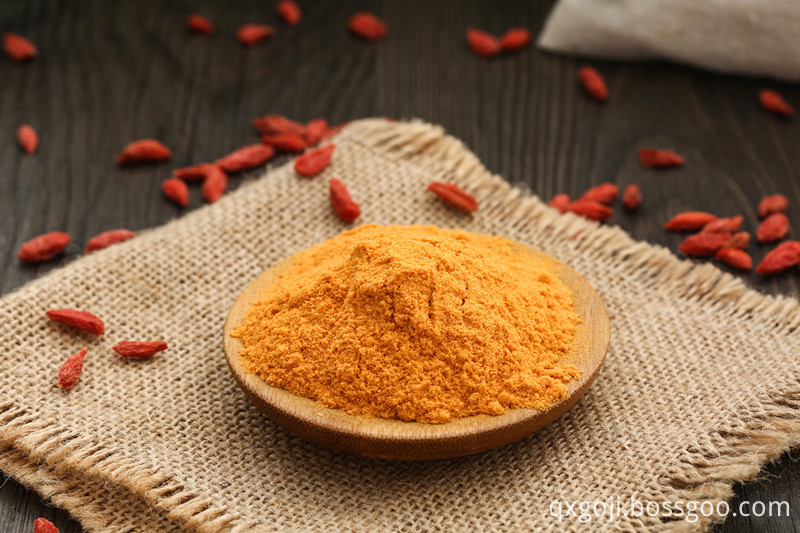"Conditional reflex" is the new reflection (also called "information") acquired by livestock in the acquired environment. It is mainly the "temporary connection" that occurs in the cerebral cortex. For example, the pig (animal) feeds each time (feeding). Before that, the breeder first appeared with a bucket (or commonly used utensil) containing feed, and after a long time, the sighting (or hearing the walking of the breeder) kept the bucket with the feeder, waiting for the feed to reach the mouth. Lip and tongue movements occurred first and saliva was immediately secreted. The keeper and the bucket that feeds, could not have caused lips, tongue movements, and salivation activities. However, because the keeper who feeds the feed and the feed have emerged several times at the same time, the livestock production has become a condition related to eating feed. Stimulation, conditional stimulation, can cause conditioned reflexes.
According to the “conditional reflex†effect of livestock, it is entirely possible to use the “signal†method to feed livestock and keep livestock and poultry better. Its role is to increase the appetite and to immediately produce the sound of the keeper's bucket. Conditioned reflexes, ready to receive feed. The second is that before the feed enters the mouth, lip and tongue movements occur early, and saliva is mixed with the feed to facilitate digestion and absorption. Third, chewing is complete, due to full saliva, enhance the sense of taste, chewing fine, easy to digest and absorb. The fourth is high feed utilization, and nutrients are easily absorbed. The “signal†can use light, sound (knocking drums or shouts), opening the door, or punctuality (feeding at any time) in addition to the keeper’s bucket action, and the livestock can hear the “signal†they are accustomed to. , Produce conditioned reflexes to prove that the effect is successful.
Spray-drying technique is a drying process of obtaining powder products by the mean of dispersing raw materials into fog droplet in a nebulizer and let it contact with hot air (or other gases) directly. Vaporizing the moisture in materials generally can be classified into constant speed drying phase and decelerating drying phase, and every phase remains a short time for the fog droplet is relatively small.
The following is the producing process of Spray-drying goji powder. The first to press goji fresh fuit or dried fruit into goji emulsion, and then drop the materials into the bactericidal can for pre-sterilization. The second, transport the materials into the nebulizer, on the top of the desiccator, to atomize the materials into fog droplet, and at the same time, transport the fresh air into the top of the desiccator through the filter, air heater and air distributor by the air-blower to contact, mixing with the fog droplet, and let them to take place heat and mass transfer, which is also known as drying. At last, the dried goji powder will be brought out from the bottom of the desiccator, and the waste gas with dust will be exhausted into the atmosphere through the cyclone by the induced draft fan.

Appearance
1) Color: Orange-yellow or orange color powder.
2)Taste & Odor: No Peculiar Smells.
3) Impurity: No visible foreign impurities
Physics & Chemical Specification
1) Moisture(%): ≤8.0
2) Total Sugar(% As glucose): ≥30.0
Microorganism Specification
1) TPC (CFU/g): ≤30000
2) Mould (CFU/g): ≤50
3) Coliform (CFU/g): ≤40
4) Staphylococcus Aureus (CFU/g): ND
5) Salmonella (CFU/g): ND
6) Shigella (CFU/g) (CFU/g): ND
Country of Origin
ZHONGNING, NINGXIA, CHINA
Package
5kg in aseptic bag, and two bags per paper carton.
Storage
Should be stored at room temperature in clean, cool, dry warehouse, prevent sun, rain, and not be stored with corrosive, toxic, and smelly item. With these conditions, product shelf life is 18 months. (suggestion: 5-8℃).
Spray-Drying Goji Berry Powder
Ningxia Qixiang Biologic Foodstuff Co., Ltd. , https://www.qxgoji.com